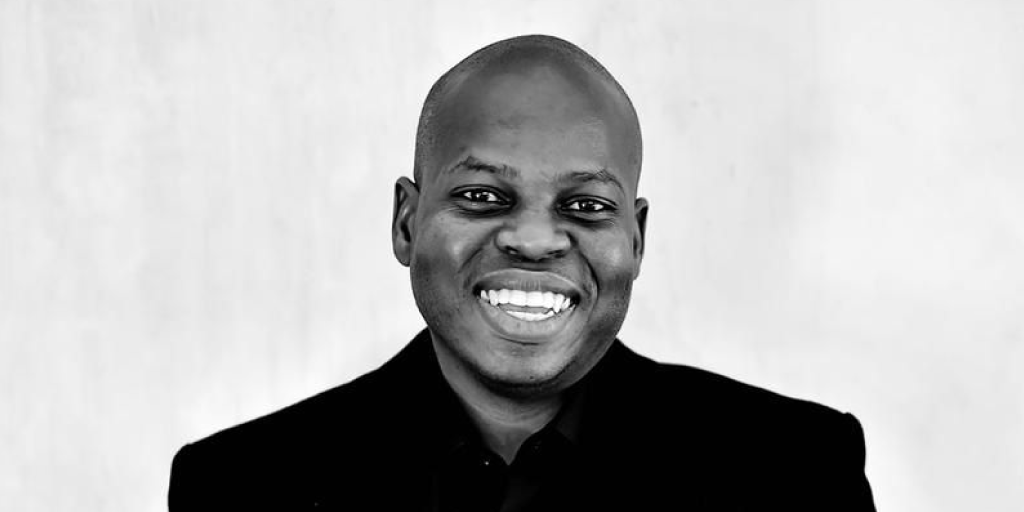
How Generational Melting Pots Create The Best Digital Teams
The first step in mastering the art of digital marketing is comprehending the many intricacies of clients’ distinct target audiences. Agencies that go the extra mile don’t only scrutinise and seek to better understand these groups, but relate closely to different audiences by including members from a wide range of backgrounds in their teams. The best approach is to appoint creatives from across the generational board.
“When I interview candidates, I ask three things: are they sufficiently qualified, will they fill both a knowledge and cultural gap in the team, and what is the wow-factor they bring to the agency?” explains Ronald Magondo, Director of Awe-Inspiring Feats at award-winning digital marketing agency Nerdware.
“It’s not about appointing by age, but about whether they understand the generation they represent. Do they carry generation-specific knowledge and experience that will add to our digital campaigns in a meaningful way?”
Each generation comes pre-baked with a unique set of characteristics that shape their preferences and communication styles. As Jocelyn Uithaler, Digital Content Manager at Nerdware, points out, “Millennials are experts in digital marketing. We were there when it launched, saw it grow, picked what we liked, and eliminated what didn’t work. We were the original trendsetters of the generations.
“To engage millennials specifically, using social media such as posts, videos, livestreams, and stories in any and every way possible is key, and a good thread will keep us engaged. One secret, not-so-secret tip is to utilise podcasts. We love to learn and laugh, and would spend hours listening to an entertaining topic.”
Nicole Heitor, Finance and HR Manager at Nerdware and one of its key Gen X’ers also says, “Generation X has experienced the rise of digital technology, and has learned to adapt to the changing tides in various ways. X’ers have witnessed the emergence of personal computers, home gaming, and the earliest forms of digital communication.
“We serve as a bridge between older and younger generations in the workplace. We have grown especially adept at navigating transitions, embracing new technologies, and adjusting to evolving market dynamics.”
Interestingly, Magondo explains that generational diversity is important, but it’s not as simple as appointing one team member from each generation and leaving it at that. “There are also less obvious differences within each generation, as different genders, for example, may have different views on the same topic, which is why it’s important to include a wide range from across the multiple generations,” he says.
Motion Graphics Designer Emmanuel Sibiya was born right at the end of the Millennial era, just a few months away from having been classified a Gen Z – which is valuable as he can act as a conduit between the two, he explains.
“There has been a profound shift towards younger people having an even greater online presence since Covid. Additionally, because of the rising unemployment rate, especially among youth, more people are trying to find ways to generate income on online platforms.
“Also, with the increasing number of millennials and Zoomers using platforms like TikTok, brands need to take advantage of big data and user-generated content strategies to better speak to their target market. As millennials working in the digital space, it’s easy for us to leverage these powerful online tools.”
Overcoming generational barriers in a digital agency
While generational diversity offers numerous benefits, it also presents certain challenges that agencies need to address and try to use to their advantage.
Communication and mutual understanding are key challenges among groups with very diverse backgrounds and worldviews. Generational differences can sometimes lead to miscommunication or misunderstandings. Another challenge is ensuring technological adaptation across all generations.
To mitigate these challenges, Nerdware places a heavy emphasis on creating an environment of open dialogue, active listening, empathy, and regular espresso sit-downs with teams to chat, share experiences, and flame their creativity. Agencies should also prioritise ongoing training and upskilling for all team members to ensure that everyone is up to date with the latest tools and technologies.
“You need regular check-ins. Unfortunately, or fortunately, everything moves so quickly online. Trends, music, jargon, sayings, and digital tools come and go at such a rapid speed that it’s easy to fall behind. Regular check-ins where industry insights and trends are shared should be more commonplace,” says Uithaler.
Heitor agrees, adding, “Offering flexible working arrangements that accommodate the needs and preferences of different generations is a necessity in a healthy and happy working environment. We also tend to establish policies and common practices that promote equal opportunities, fairness, and non-discrimination.”
“Ultimately, generational diversity is not about ticking boxes. It’s about creating marketing experiences that connect with different audiences, and strategies that are relevant with maximum impact in the market,” concludes Magondo.
